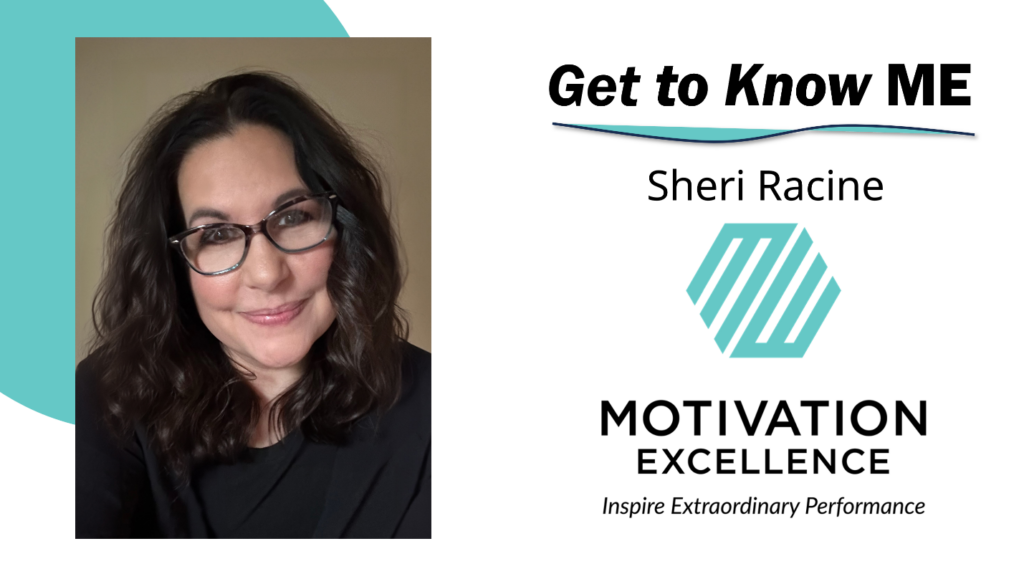In our last post, we used a car trip to explain the value of our design experience. Now that we have it designed, we need to operate it to meet your goals. We’ve created the map, and the GPS is set and ready to go.
But once you head out of your driveway, you don’t turn the GPS off, do you? No! (Not if you want to get to your destination accurately, anyway.) It’s important that you keep track of where you’re going for the entirety of the trip.
After launching your performance improvement program, the next step in the process is meeting with the performance management team. This team is the GPS that keeps your program on track and running in the direction you want it to go.
In today’s post, we sit down with our performance management project managers, Shannon and Pat, along with Bob Graham, VP of Client & Technology Solutions, to discuss what it is exactly they do to keep delivering results and providing business intelligence, and why it’s so important.
What is Performance Management?
Shannon: In a nutshell, performance management is managing the data side of the [performance improvement] program in terms of participant performance and activity, including taking in and processing the data as well as providing analysis and statistics back to our clients and participants.
Pat: We service the client for whatever their needs are for a successful program: reporting to the participants and supplying the client with actual and projected results of the program. Exceeding client and participant expectations is very important to me.
Why does a client benefit from us doing their data management vs. them taking it and doing it themselves in-house?
Shannon: First off, we have experience in setting up and running programs. We know what kind of trends to look for, and we also know what kind of anomalies there tend to be. Also, if the client is doing it on their side, it’s usually tasked to a person who has other duties, so they’re not able to be really dedicated to it. In our department, the data is all we do, so we’re able to spend more time on it and really make sure everything is accurate. With our wealth of experience and knowledge we are able to provide valuable recommendations, feedback, and service.
What we’re doing is analyzing their raw data and, oftentimes, bringing things to their attention that they’d never noticed before. Sometimes they’re really surprised to see what’s going on in certain areas they’d never been able to look at before, so that’s an added benefit they get through us. We have the time and resources to really dig deep.

Give an example of how a client was able to use our flexibility in order to be successful.
Shannon: I have a very recent example of that! We had a client who was renewing their program after several years, but they decided to change the program rules. We had given them a lot of recommendations on ways that they could show the data to the participants, but they chose a different route. Six months into the program they came back – the customers were confused; they didn’t understand the information that was being sent out to them. So they decided to take us up on our original recommendations; now we’re rebuilding the program in terms of the calculation and how we lay out the reports to fit both the client’s and the participant’s needs. So even if they decide to change their strategy mid program, we’re able to be really flexible.
Bob: I think the key is that we were able to hear from participants through our customer service team and understand that there was a gap in understanding in what we were providing. We took that back to the client to help make their program better, and then we were able to get people more engaged in the program because they understood.
Pat: Halfway through one of my programs, we found out that the people who were sending data were sending incorrect data for 4 months. We jumped in and now we are reprocessing the data.
Bob: And that happened because you questioned it, and challenged some of the numbers that were going on with the client.
Pat: Right. And in monitoring their revenue and our results in the program, I found there was an inconsistency. So every month I would validate their numbers, and all of this came to a head finding out that we had to reprocess because they were supplying incorrect data. We monitor all aspects in order to make sure the client is getting as much from the program as they can.
How does Performance Management allow for exceptional customer service?
Shannon: When a program launches, we develop training with program specifics and we’ll meet with the customer service team so that they’re able to handle most of the participant calls. Pat or I are always available so that if a participant call is something more complicated, they can transfer the call to us and we can help them out.
Pat: And part of the training is also getting the client and their field people involved on understanding what we’re reporting on the website so that they can answer their customers’ questions more easily.

Bob: I also think it’s the way we have our teams set up – we don’t have separate departments where people are disconnected and there are gaps in understanding. We have a client and a team, and the team’s involved the whole time. Shannon and Pat work with customer service all the time. Our team knows the programs; they’re involved with the participants and they know the details of the things that are going on on a daily basis. I think that really provides a whole different level of customer service that they probably don’t get from other places.
Pat: I think the most important part is that we’re available for the clients as well as the participants whenever they need us. Our relationships with the clients are extremely important; they’re built on trust and our incentive knowledge. We want the client to feel they’re in good hands and they can depend on us. We want this to be a pleasant and memorable experience for them.
We all take pride in our work – we go the extra mile to give the clients a WOW moment. We’re dedicated to providing them with an outstanding program.
Shannon: We forge great relationships with our clients and we see ourselves as an extension of their business. After a program launches, the performance management team is the primary daily client contact; we become the face of the company. Every MEI team member that has contact with our client represents our company and our values and we strive to make every interaction a positive one. We want to let our clients know that we are here for them; we’re dedicated to supporting them, their company, and their program.
Our clients’ successes are our successes. When the program does well, they celebrate and we celebrate as well. We’re dedicated to the success of their program and the satisfaction of the client and their participants.
If you’re looking to gain valuable insights about your business and develop a unique plan to boost performance or increase sales, contact us for an introductory call.



